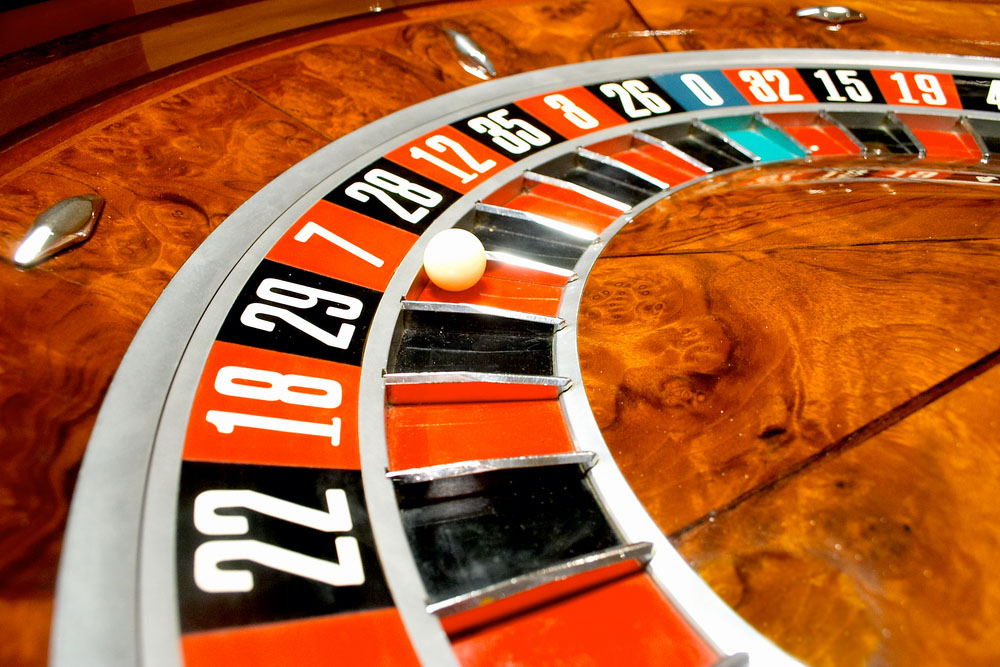If there’s one cognitive bias you have to be particularly aware of in the markets, it’s recency bias. Recency bias is the tendency to believe that what has just recently occurred is likely to form part of a larger future trend. It’s dangerous, you should become extremely familiar with it, learn from it and ensure that you don’t fall for it.
If you’ve been paying attention to the market rally over the last 6 months you’ve certainly heard of the Tuesday winning streak that just came to an end. Yes, the S&P 500 rallied in 20 consecutive Tuesdays. Pretty amazing, right? No, it’s meaningless. This is a classic case of recency bias or the gambler’s fallacy. In the gambler’s fallacy one looks at a series of recent events and concludes that this makes a future event more likely to occur. It’s like flipping a coin that lands on heads 10 times in a row and then concluding that that either makes the next flip more or less likely to be a heads. Of course, each flip is its own independent action and has no influence on the next flips, but that doesn’t stop people from falling for this myth.
The stock market is a little different in that the actions of past buyers/sellers has an impact on future buyers/sellers, but you have to be very careful when deciphering the connection here. The silly “Tuesday winning streak” idea implies that 1 day per week in a sample of 5 days is somehow connected to the same day in the past/future. As if this Tuesday’s market is necessarily connected to next Tuesday’s performance. But that ignores a huge sample of data inbetween and drawn out over the course of the period that is being analyzed. In this case, by looking at a random sample of 100 trading days the media has managed to take a particular day ending in Y and attach some special attribute to it as though there’s something unique or special about that particular day. In essence, we’ve flipped heads a bunch of times in a row and now we seem mesmerized or fooled by what looks like a VERY BRIEF pattern in a sample of thousands of Tuesdays. It ignores the fact that the market is a massive sample that is in the process of currently playing out over millions of different trading events. The fact that brief patterns occur within this larger dataset does not somehow alter the long-term randomness of the specific events any more so than 10 consecutive coin flips alters the odds of the next 1,000,000 flips.
In case common sense doesn’t protect you from this misunderstanding, CXO provides some more in-depth data on the idea that certain days of the week are better than others. But the important message is just to ignore this kind of noise.
Mr. Roche is the Founder and Chief Investment Officer of Discipline Funds.Discipline Funds is a low fee financial advisory firm with a focus on helping people be more disciplined with their finances.
He is also the author of Pragmatic Capitalism: What Every Investor Needs to Understand About Money and Finance, Understanding the Modern Monetary System and Understanding Modern Portfolio Construction.


Comments are closed.